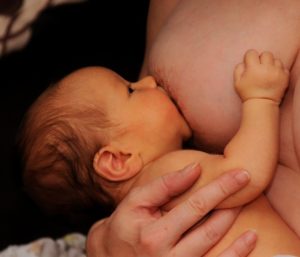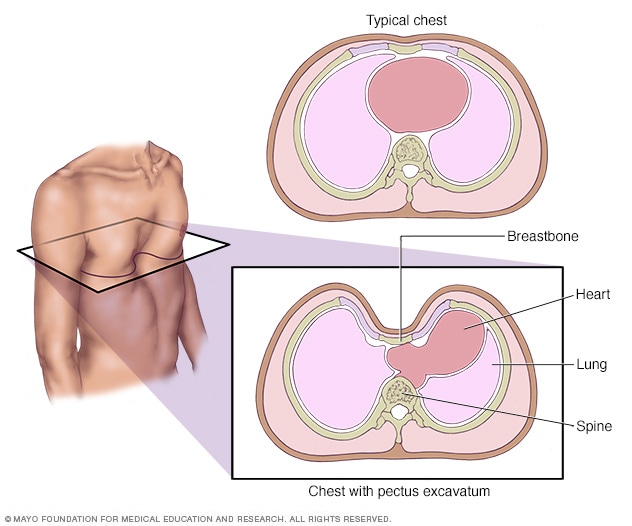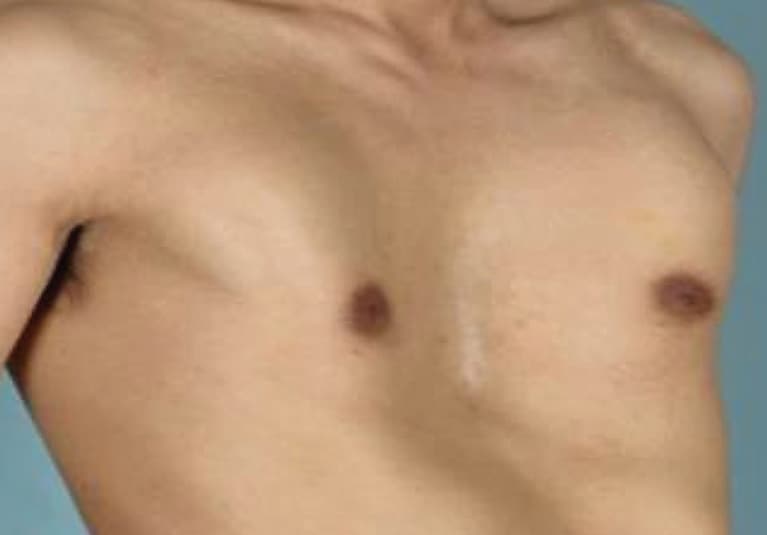baby sunken chest hiccups
 Baby hiccup chest movement - YouTube
Baby hiccup chest movement - YouTubeSelect your preferred language Pectus ExcavatumPectus excavatum is a sunk point in the center of a child's chest. It is caused by an excess of cartilage as the baby's cage and stern (sternum) develop before birth. The cartilage is extra long and pushes the stern to the body. The condition may not be noticed at birth. It is evident when a child is two or three and can get worse as the child grows and enters puberty. Two approaches for the correction of pectus Excavatum Two types of surgery may be used to treat pectus excavatum. Both types require a child to have a general anesthesia before the operation. The child must remain in the hospital for four to six days after surgery. The traditional approach to repair excavatum pectus requires an incision to be made through the child's chest below the nipple level. The chest muscles must rise from the stern and ribs. Part of the cartilage where the ribs bind to the stern is removed. A wedge of the stern is also removed. The breastbone rises upward and a strut is inserted behind it to keep it forward during the healing process. When cartilage and bone grow, they grow in a more normal position. Oxide repair is a minimally invasive approach to repair excavatum pectus. In this type of surgery, two incisions are made on both sides of the depressed area of the chest. A C-shaped metallic strut is inserted behind the breastbone and in front of the heart. Then it turns halfway. This elevates the breastbone and folds the rib cartilage to a more natural position. This approach may not be suitable for older adolescents or children with a flight zone. Regardless of what approach is used, the child's vital signs are monitored throughout the surgery. Before surgery, a respiratory tube will be inserted after the child is asleep. Lines entering the veins can be inserted (lines IV). A catheter can also be inserted to drain the bladder. After surgery, the child goes to the recovery room. After an hour or two, he or she will be transferred to the surgical floor. The child may have a small rubber tube under the incision to drain liquids that they can collect. This will be eliminated in one to two days. The day after surgery, you will be helped to walk and encouraged to eat or drink, if you feel well enough. If there is pain, various approaches can be used to manage it. The painkillers at the Cedars-Sinai Center are available 24 hours a day to help. Care for pectus surgery The child will have to see the surgeon again for a follow-up visit two weeks after surgery. This is to make sure the area is healing and there are no problems. Until this visit, the child should not go to gym class, do extenuating activities or play contact sports. After surgery, the child must be supervised. If any of the following appear, you should call your doctor: These may be signs of infection or complication. © 2021 Cedars-Sinai. All Rights Reserved. A 501(c)(3) non-profit organization

jared and alisa: Pectus Excavatum

Newborn Hiccups Chest Caved In - newborn kittens

Newborn Hiccups Chest Caved In - newborn kittens

10 Newborn Worries (Not to Fret About) | Parents
Pectus excavatum/sunken chest (Pics) - Page 1 | BabyCenter
Pectus Excavadum ("Hollow Chest") - Page 1 | BabyCenter

HELP! MY BABY'S CHEST IS CAVING IN... (Pectus Excavatum) | Dr. Paul - YouTube

Newborn Hiccups Chest Caved In - newborn kittens

Understanding Bronchiolitis - Canyon View Medical

Lincoln Chest Indent - YouTube

10 Newborn Worries (Not to Fret About) | Parents

Newborn Hiccups Chest Caved In - newborn kittens

Stopping and preventing hiccups in babies and newborns
/GettyImages-5658897871-5ab3ebaa3128340037e757a3.jpg)
How to Get Rid of Baby Hiccups

Infant Chest Collapse Hiccup - YouTube

Newborn Hiccups Chest Caved In - newborn kittens

Baby Symptom Checker | Parents
Sobbing Spasms, Gasping, and Prolonged "Hiccups" in Babies - Zephyr Hill

Newborn Hiccups Chest Caved In - newborn kittens

Mother shares video warning of lung condition in babies | The Independent | The Independent

Stopping and preventing hiccups in babies and newborns

Newborn Hiccups Chest Caved In - newborn kittens
.jpg)
The Best Positions To Release Hiccups & Gas In Infants
/GettyImages-1074273996copy-1b9e26416a474a42b593bbafcb9ebb65.jpg)
Baby Dehydration: Definition, Symptoms, Causes, Treatment

Hiccups in Infants: Reasons, Precautions & Treatments

The Cure for Newborn Hiccups

How To Stop Hiccups And What Are Their Causes (26 Proven Ways)

Sepsis in Babies | Signs, Symptoms and Treatments | Emma's Diary
/GettyImages-672157701-5fb4f0e1de0c4ac4b4409a059c26da71.jpg)
What to Do If Your Baby Won't Stop Coughing

Vomiting in babies: what's normal and what's not - BabyCenter Australia

10 Newborn Worries (Not to Fret About) | Parents

Newborn Hiccups Chest Caved In - newborn kittens
Baby and Newborn Hiccups

Hiccups in Infants: Reasons, Precautions & Treatments

Is my newborn normal? | Edward-Elmhurst Health

109. Common Infant Concerns | Birth & Babies

Pectus excavatum - Symptoms and causes - Mayo Clinic

Newborn Hiccups Chest Caved In - newborn kittens

Stopping and preventing hiccups in babies and newborns

Pectus excavatum: Not just a cosmetic concern - Mayo Clinic
Posting Komentar untuk "baby sunken chest hiccups"